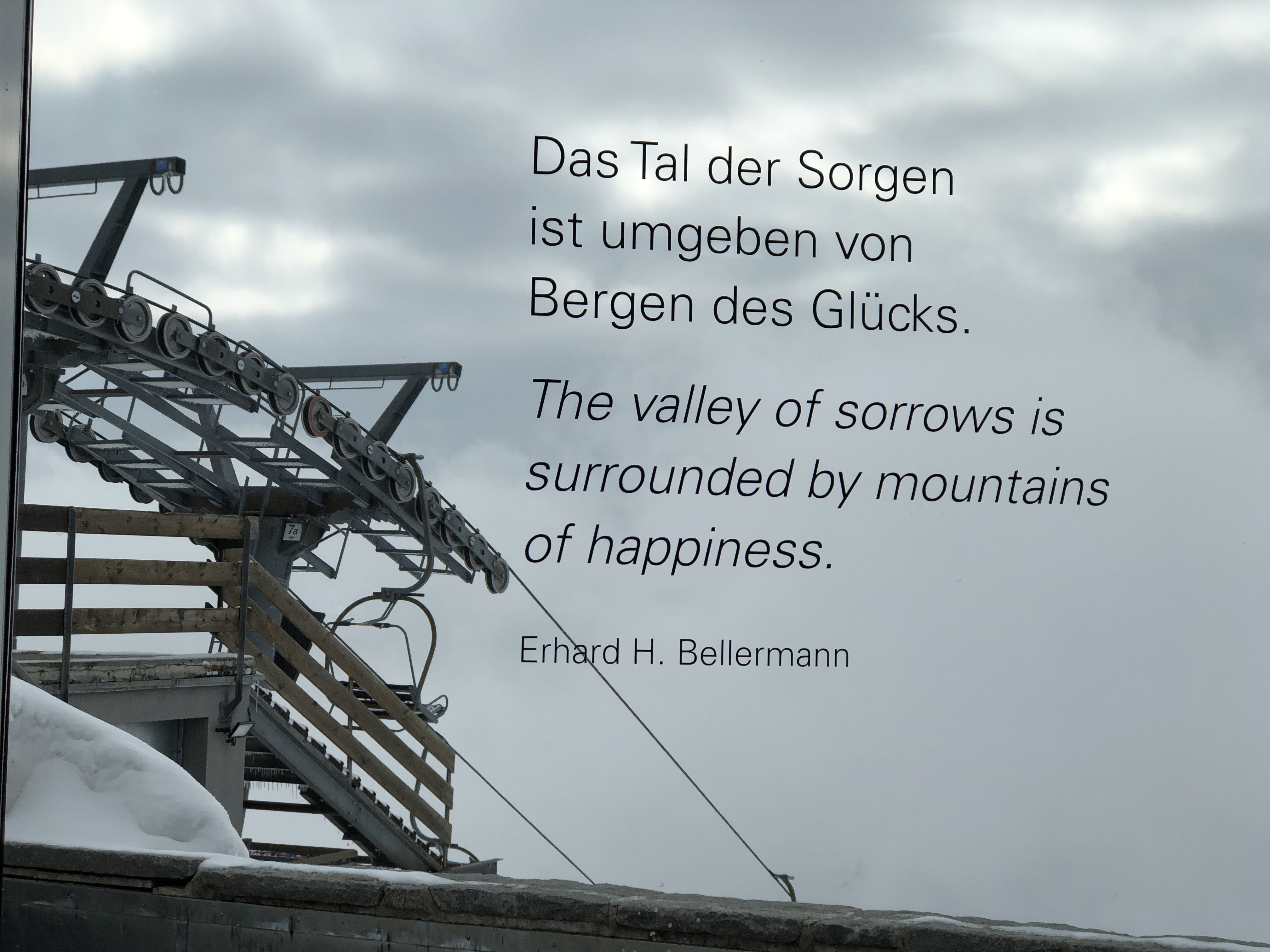The “first” stop on our trip was mostly me on my own. As David wound down his week skiing in the Otztal region, I arrived in Munich and, after spending a day in my company’s office there, took the train to Innsbruck, Austria. I checked in at the hotel and, the next day, resolved to keep myself occupied until David showed up.
Most of my photos come from a sojourn up the the Nordkette, the “Jewel of the Alps” overlooking Innsbruck. The capital of the Tyrolean region, Innsbruck is also home to the burial place of Maximilian I, a key Habsburg family member, notably the first Holy Roman Emperor who literally mailed it in – he never traveled to Rome to be crowned in person, so the Pope wrote a letter saying, and I am paraphrasing here, “Max is the Holy Roman Emperor. Congratulations Max”.
The next day, I woke up and walked towards the funicular station for the Nordketterbahn, grabbing an Austrian version of my typical breakfast along the way: coffee, yogurt, and muesli.
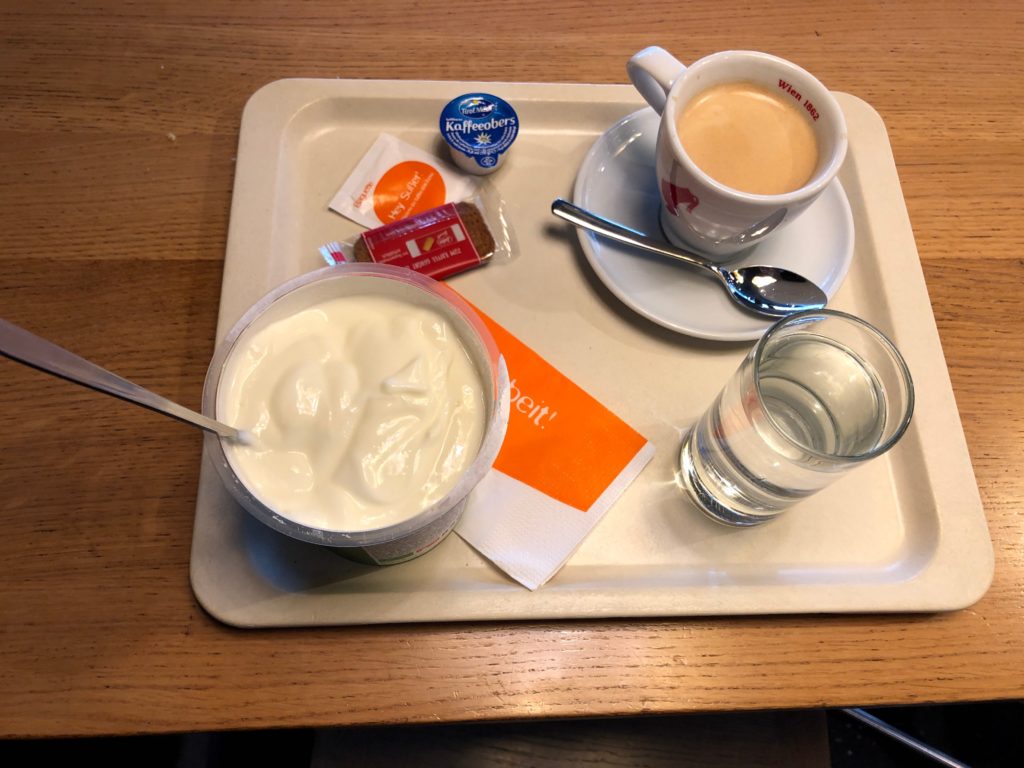
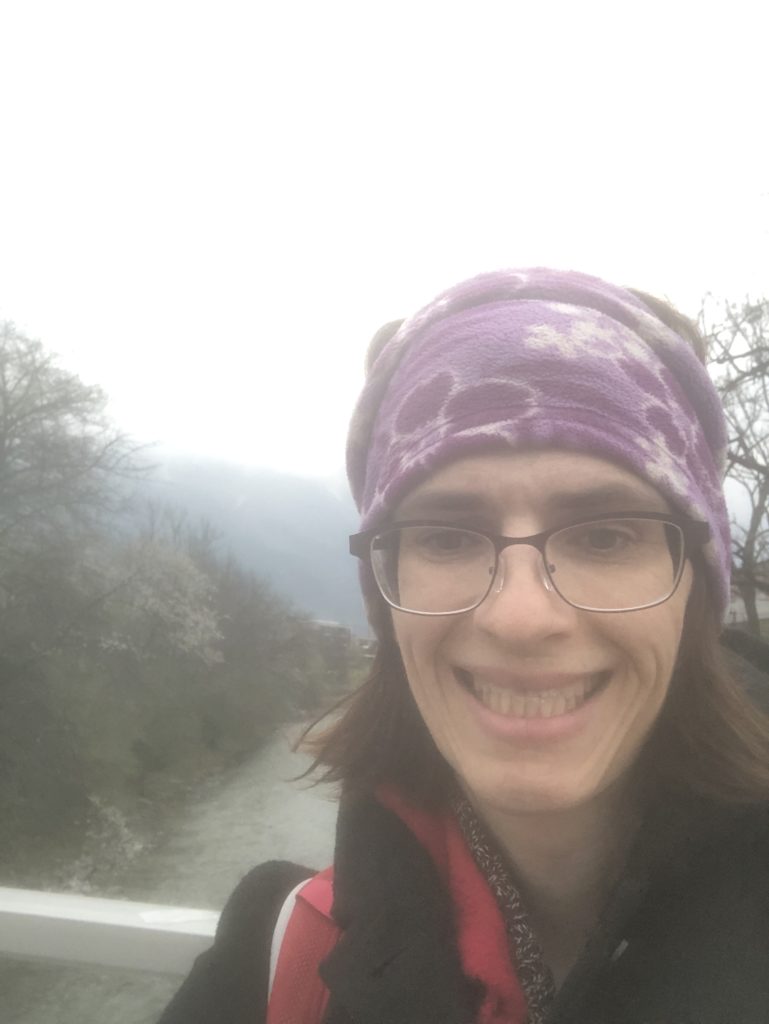
The Nordketterbahn is a series of transportation systems that can be ticketed separately, or bought together as I did. I began my journey with the funicular, which ran horizontally for a couple of stops in Innsbruck before crossing the river and beginning its ascent.
I really like the word, “funicular”. It sounds as weird as what it is.
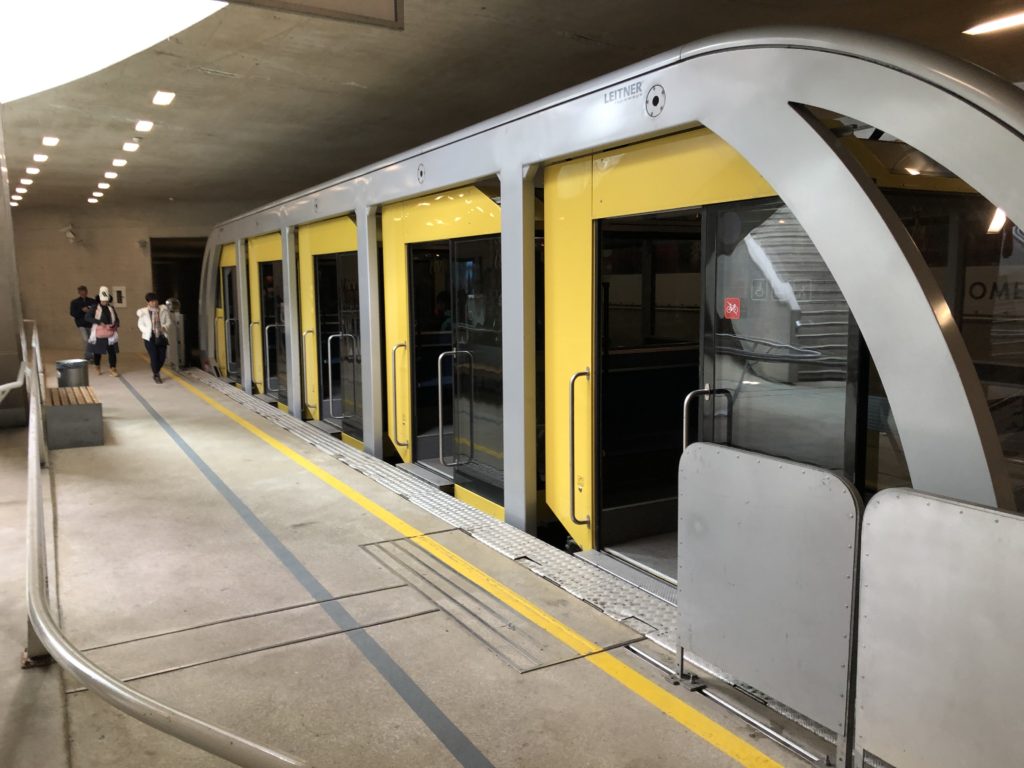
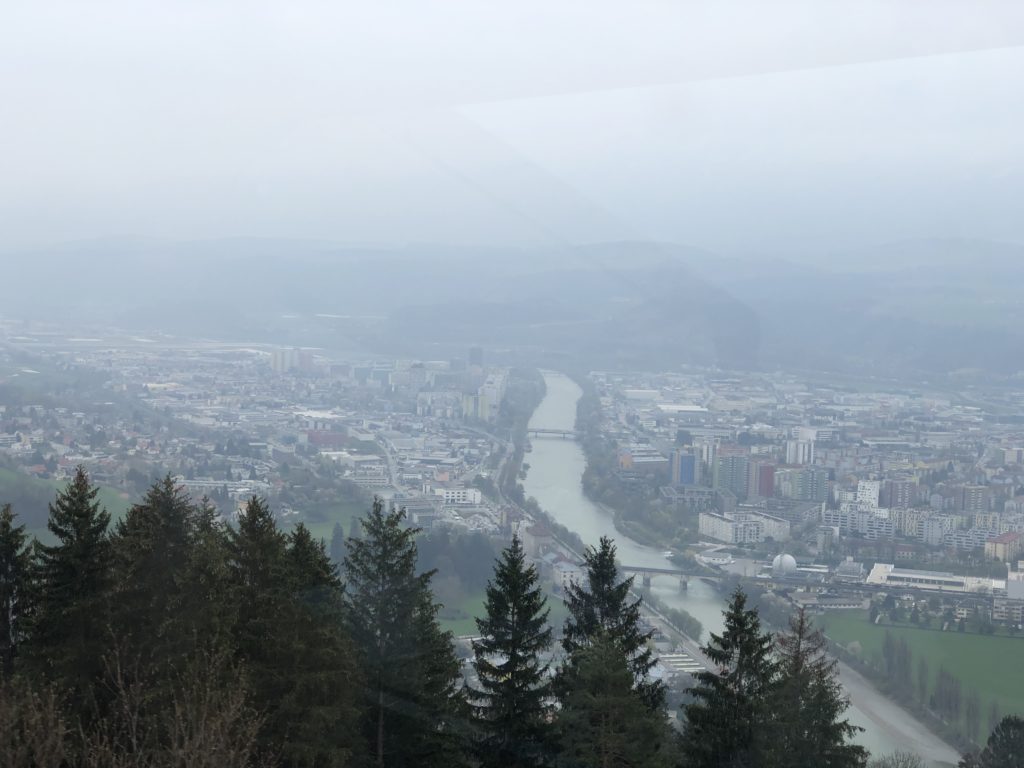
At the end of the funicular, I disembarked and walked over to the first of two seilbahns, or cable cars, that would take me farther up the mountain.
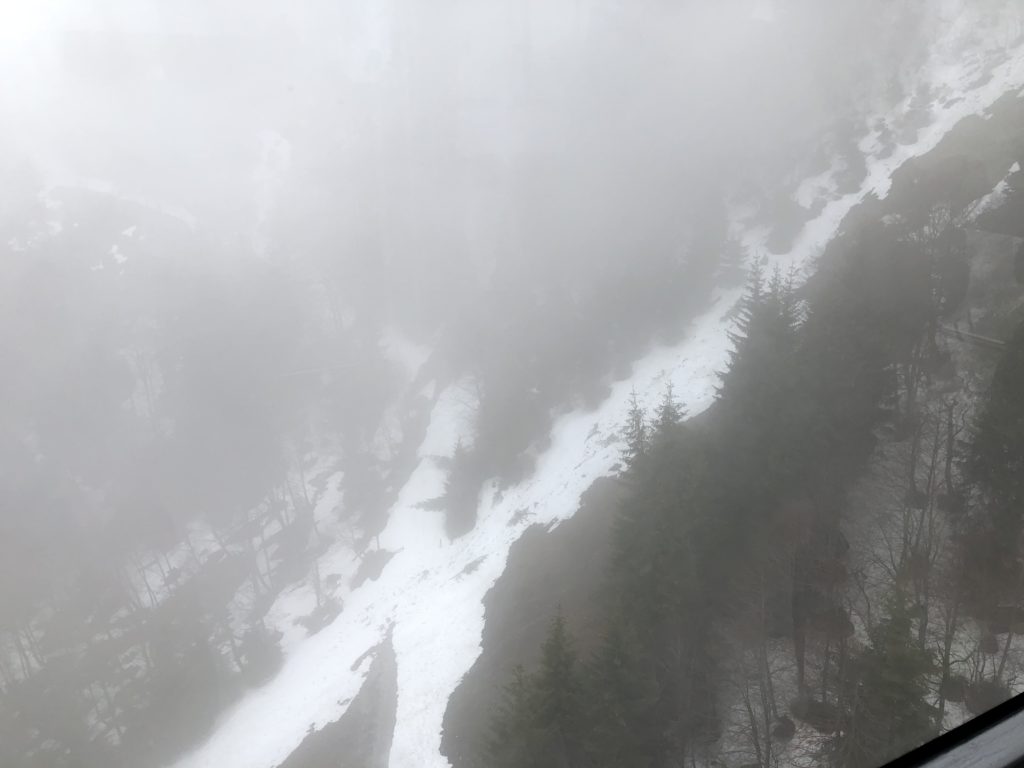
A sizable mountain house with a restaurant and ski facilities awaited us at the end of the first seilbahn. Also included was the next leg – a smaller car that would take us into the clouds.
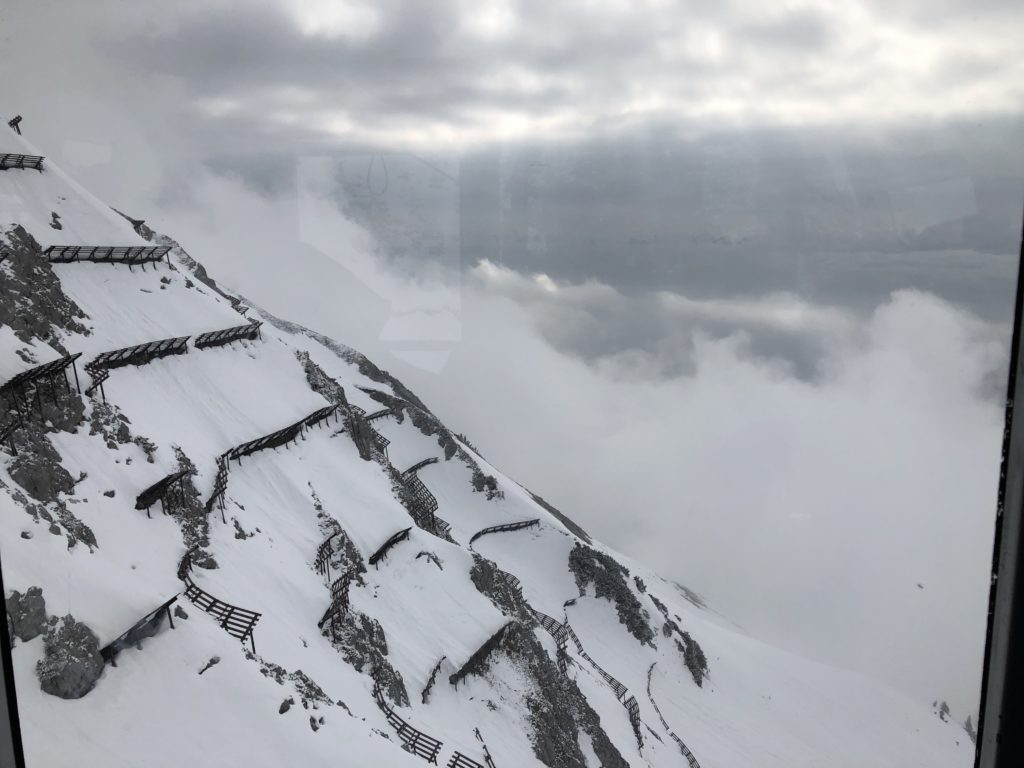
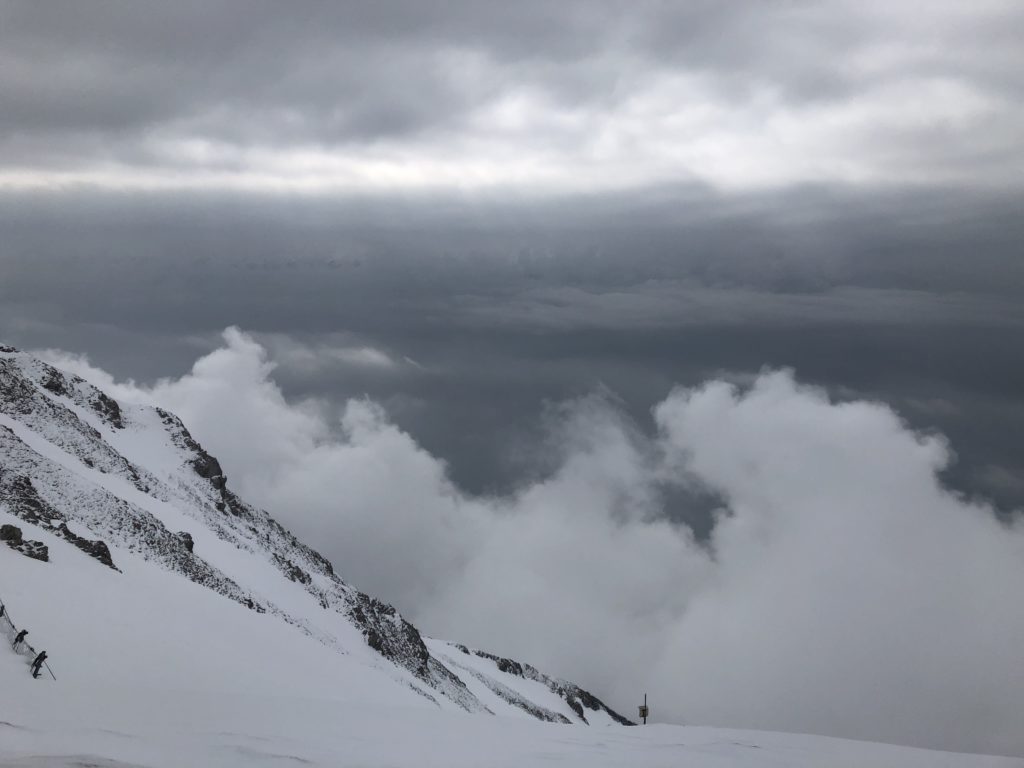
At the end of that ride was a smaller building, similar to what we’d passed through before. Through double doors was a small ramp leading up to the slope, beyond which were signs warning us that we were in an alpine area, i.e. nature has no guardrails.
That wasn’t a problem for this fellow. I ran into him having lunch later on as I made my way back down.
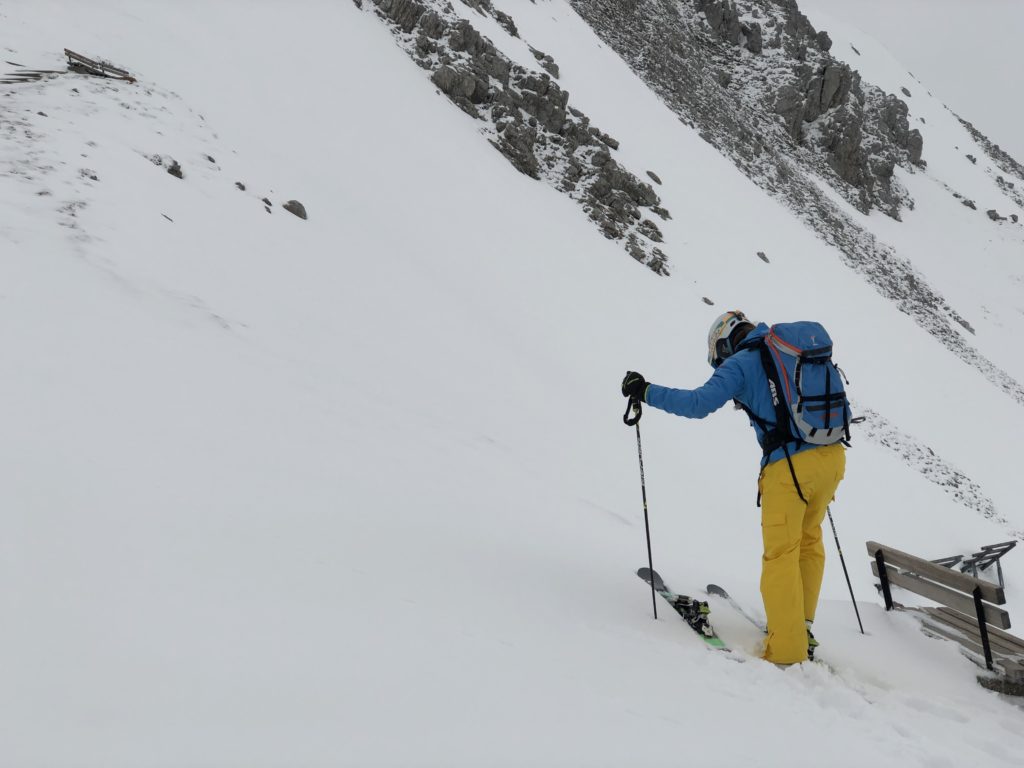
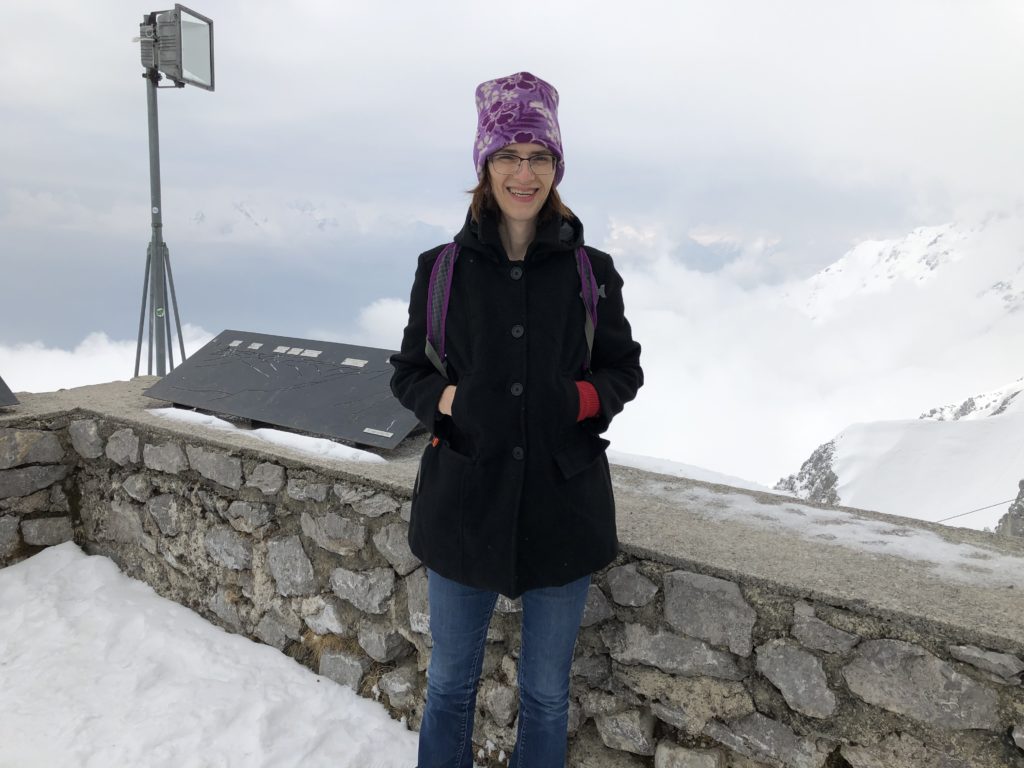
Supposedly one could walk to the top. In the advertising and brochures, the path is pretty clearly marked. On this day, however, misty clouds and fresh, untrod snow made this seem like a more daunting proposition.
I set out anyway.
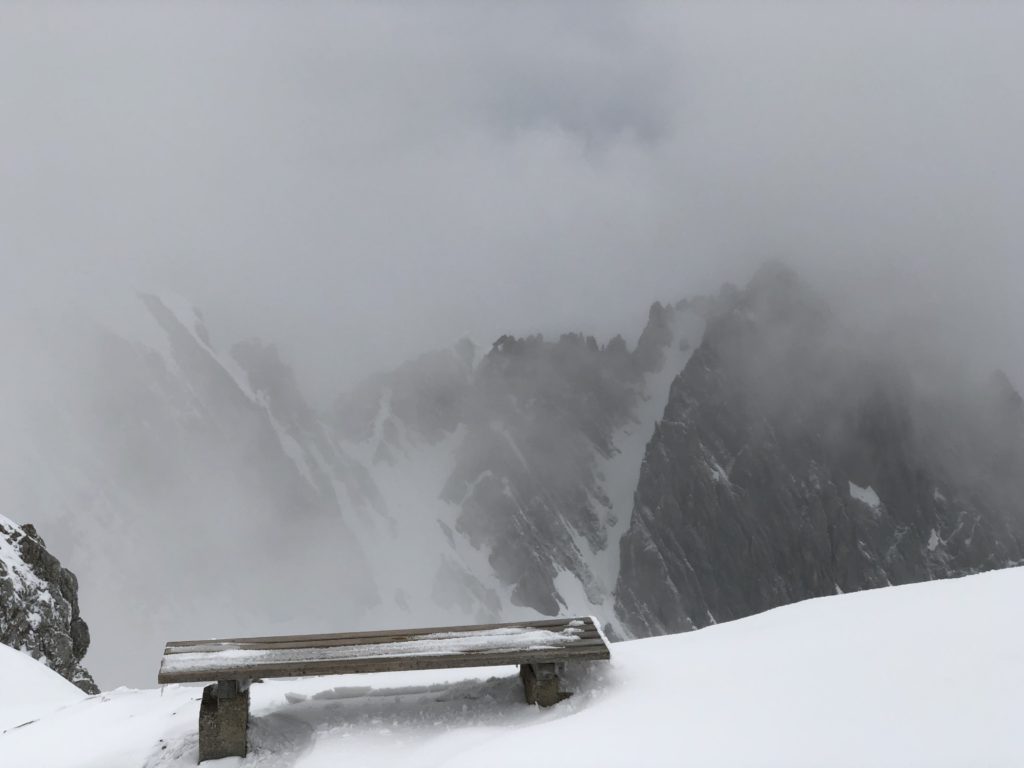
As I approached this bench, I knew the supposed path made a sharp turn, but there was no sign of steps, or a path, or any person-friendly way to continue upwards. The idea dawned on me that I could easily walk over the side of the mountain without realizing it, and no one would notice I was missing until the spring thaw. Looking around, I noticed that no one else was following me.
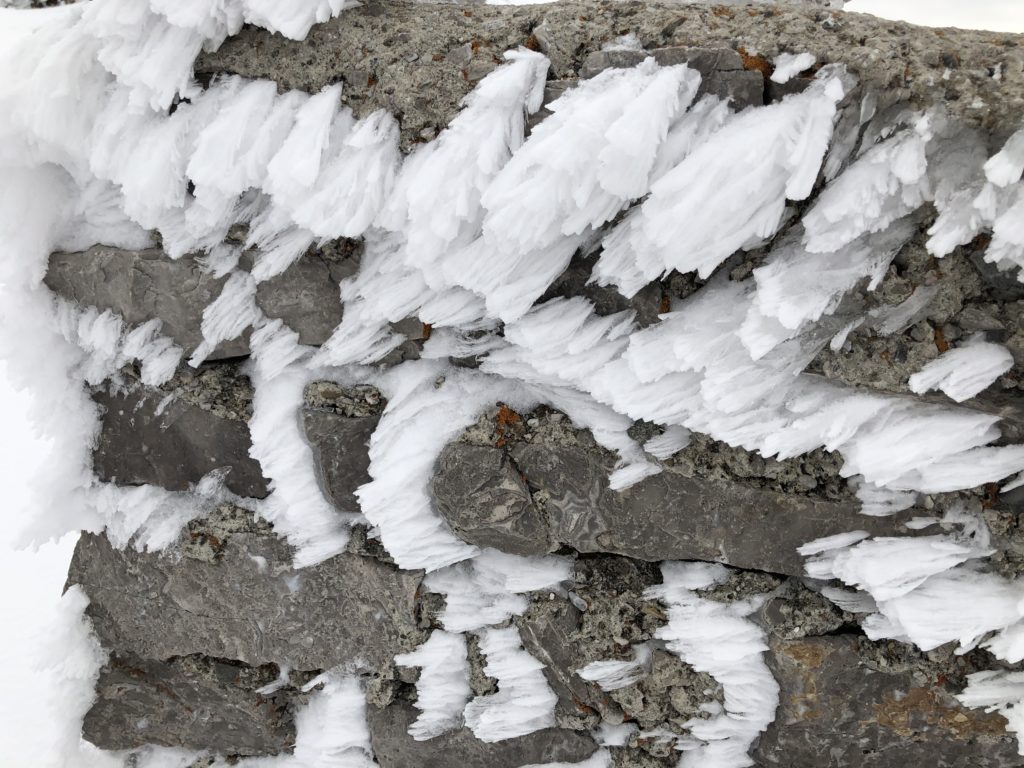
I began to turn back, when I saw animal tracks in the snow, and realized the animal probably had an idea of where was safe to step. I followed those a bit and worked my way up to the bergsohne.
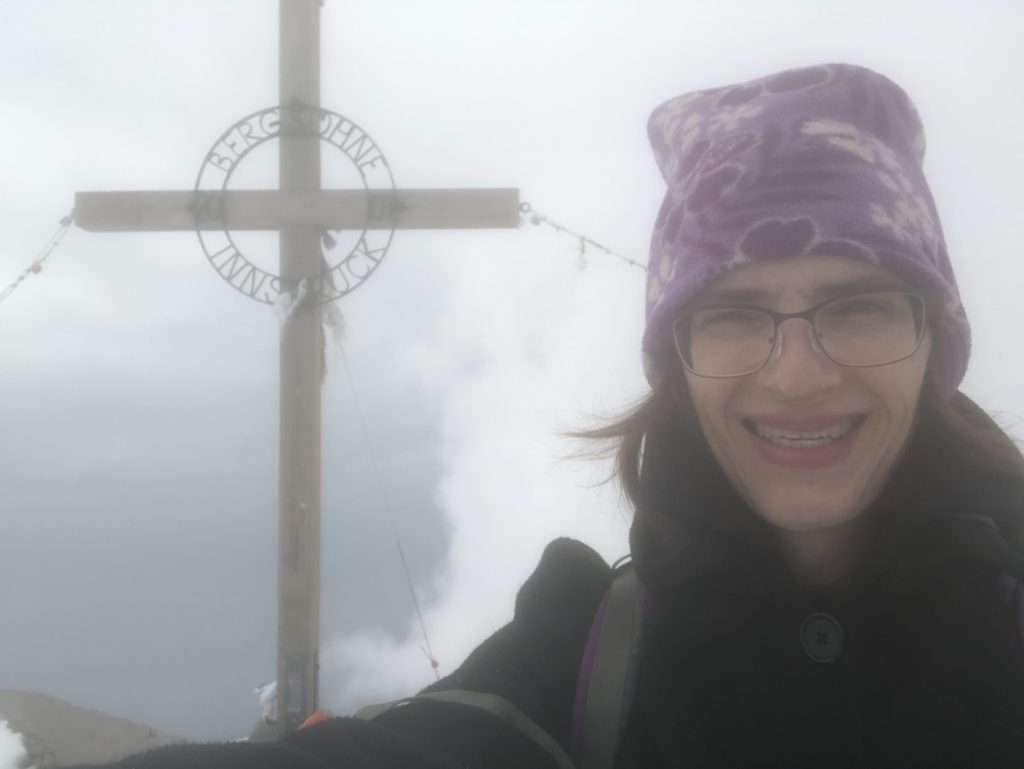
Success! I didn’t die. I walked around a bit and enjoyed the view. Bizarrely, the air was a bit warmer than at the seilbahn exit. Something about an inversion layer, I am sure.
I walked around the rest of the lower peak, and came across something far more interesting than it appeared to be. A small set of older buildings, set away from the main building for the seilbahn, looked like nothing more than, “the old buildings”, perhaps what came before. While they were, they were also part of a very important experiment.
Basically, prior to the Space Age, scientists were aware of a latent amount of radiation, what we now call background radiation. It was assumed that it was generated by the Earth and would decline with altitude.
Well, V.F. Hess and his team decided to test that theory by taking equipment to the top of the Nordkette to take measurements. What they found were, basically, the discovery of cosmic rays – particles of energy descending on the Earth from space, not ascending from the Earth itself. From the outside, I was able to peek in and see the equipment left there.
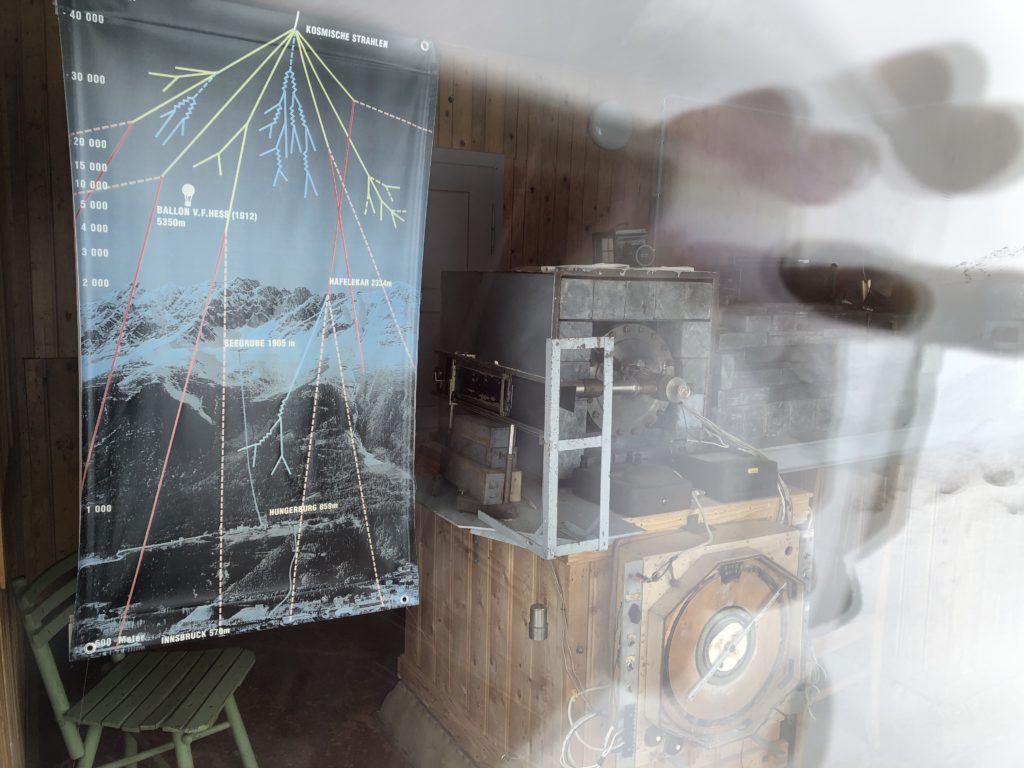
I found it remarkable that, while I was here as a tourist, these scientists we ascending on an older version of the seilbahn with sensitive scientific equipment and building an electrically-heated hut. They would have to take their recordings back down the mountain every week or every other week. Science is an adventure.
I made my way back to the building, and spoke with another solo woman tourist, one from Thailand. How remarkable, I said to her, this kind of weather, this altitude, must be exotic to you. She agreed, but also said she’d traveled a lot so, it wasn’t as if this was her first time in mountains. She knew enough to appreciate what was special about the Alps.
Once we’d come fully back down to town, I pulled out my water bottle. Turns out, it had had an environmental adventure of its own – bit crumpled from depressurization.
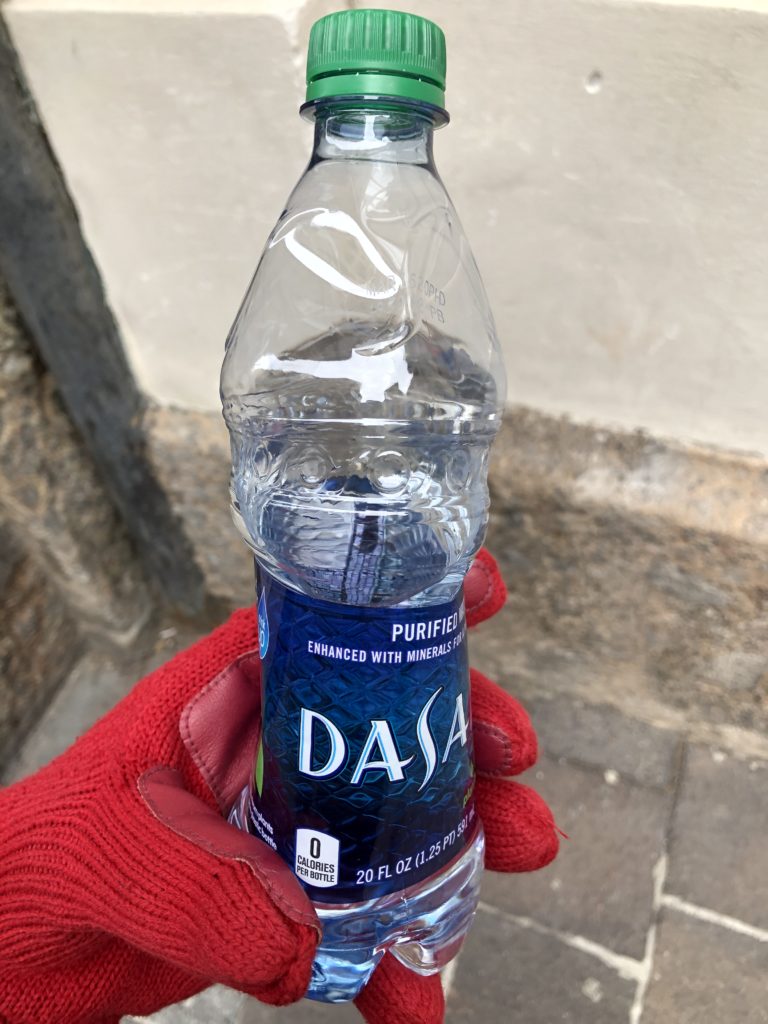
I walked around town, easily finding this landmark, the Golden Roof.
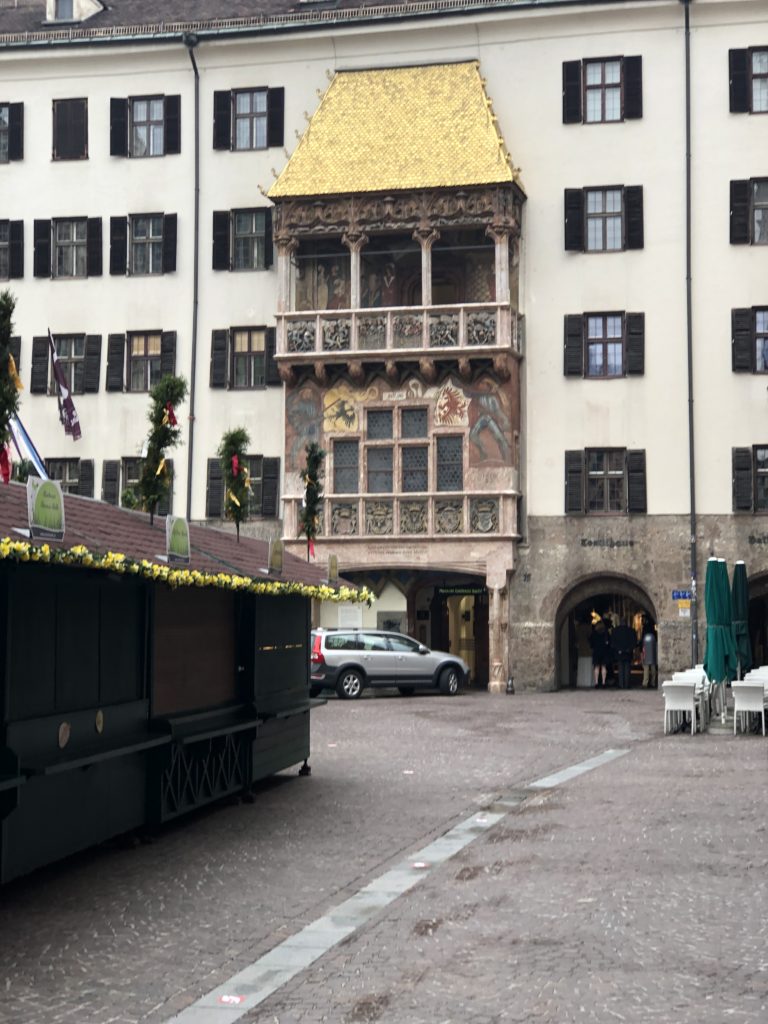
The rest of the afternoon I spent in museums, taking pictures that I am afraid did not come out so well. I learned a lot about the Tyrolean region, and a bit about how the pieces of modern Austria once fit together a bit differently. I think that coming from a country as large as the United States, it’s hard to fathom a country the size of Austria having significant regional differences, but if there is one thing true of people, it’s that we are endless in our ability to decide upon an us and a them.
Back at the hotel, I awaited David’s arrival. His trip guide had offered to give him a ride, since Innsbruck was not far out of his way. While the guide was Italian, he spoke fluent German, and we had a nice conversation, mostly me thanking him for bringing my man down from the mountains safely, and David being impressed with my German (which is not impressive, I can carry on a basic bar conversation and ask for directions, but I can’t conduct business).
Once he’d settled in and taken a shower, we went to a beer hall and had some nice Tyrolean food (meat, meat, and ummmmm. . . .meat). Also beer). We were together, in a foreign country, having arrived separately. The next day, our adventure would begin.
